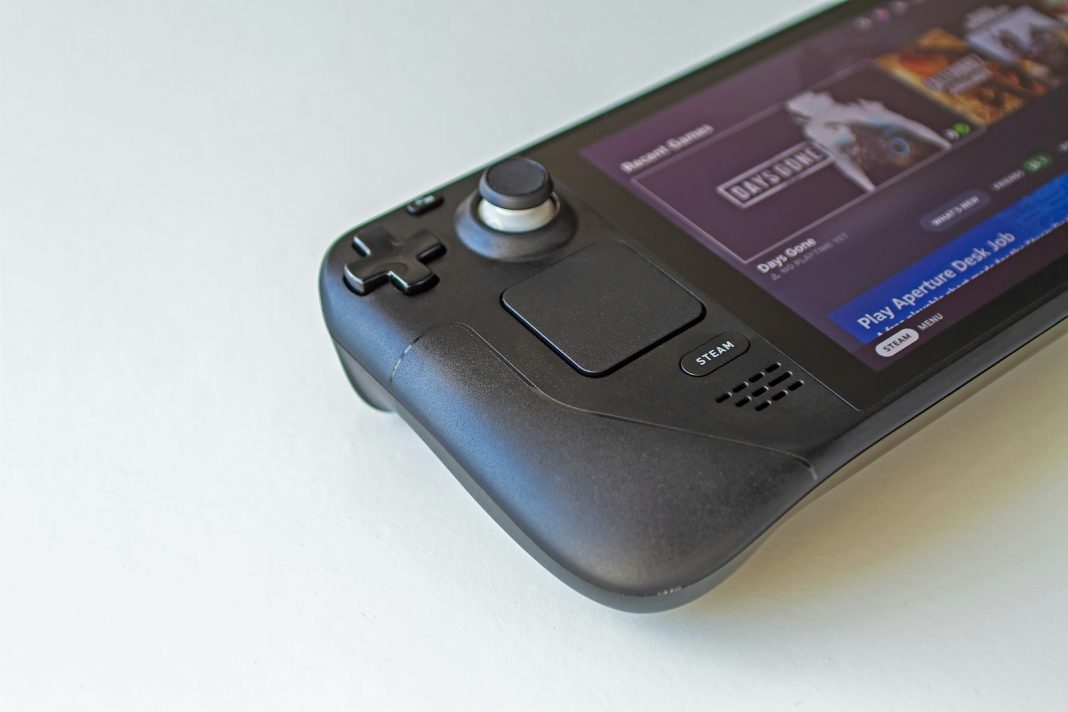The competition in the handheld gaming PC market is heating up with the recent entry of the MSI Claw, challenging the dominance of Valve’s acclaimed Steam Deck. As gamers weigh their options, the choice between these two powerful devices becomes pivotal. Here’s a comprehensive breakdown to help you decide.
At first glance, the similarities between the Steam Deck and the MSI Claw are striking. Both boast expansive 7-inch displays and feature a dual-sided controller setup, albeit with subtle variations in joystick and button placement. However, where the Steam Deck maintains its signature rounded edges, the MSI Claw opts for a more angular design. Personal preference plays a significant role here, with some favouring the ergonomic comfort of rounded edges while others may find the pointed corners of the Claw less appealing.
Delving into specifications, the MSI Claw stands out with its impressive hardware configuration, drawing inspiration from the ASUS ROG Ally. With an Intel-based Ultra Core processor, Intel Arc graphics, and 16GB of LPDDR5 RAM, the Claw packs a punch in terms of performance. In contrast, the Steam Deck features an AMD APU, offering slightly lower processing power. However, the Steam Deck’s Linux-based SteamOS delivers a streamlined gaming experience, particularly for accessing titles from the Steam library.
When it comes to user experience, the disparity between the Steam Deck and the MSI Claw becomes more pronounced. Valve’s SteamOS, purpose-built for gaming, offers seamless accessibility to the vast array of titles available on the Steam platform. In contrast, navigating the Windows operating system on the MSI Claw may present a steeper learning curve, albeit with the advantage of broader game compatibility beyond the Steam marketplace.
Moreover, the Steam Deck benefits from an extensive library of performance profiles tailored to optimise gaming performance. While the Claw’s superior hardware promises enhanced visuals and smoother gameplay, the Steam Deck’s intuitive interface and dedicated gaming features make it the preferred choice for those seeking a hassle-free gaming experience.
In terms of pricing, both devices fall within a comparable range, with slight variations depending on the configuration. The Steam Deck offers a more affordable entry point, starting at £549 for the 512GB storage option and £649 for the 1TB variant. Meanwhile, the MSI Claw commands a higher price tag, beginning at £699.99 for the base model and reaching £799.99 for the top-tier configuration.
Ultimately, the decision between the Steam Deck and the MSI Claw hinges on individual priorities. For gamers prioritising raw power and versatility, the MSI Claw emerges as a compelling option with its robust specifications and expansive game compatibility. However, for those valuing ease of use and seamless integration with the Steam ecosystem, the Steam Deck remains the frontrunner.
As the competition intensifies in the handheld gaming market, consumers are presented with a wealth of choices, each catering to distinct preferences and priorities. While the MSI Claw distinguishes itself with formidable hardware prowess and broad game compatibility, the Steam Deck excels in user-friendly design and seamless integration with the Steam platform.
Ultimately, whether you opt for the MSI Claw or the Steam Deck, both devices promise an unparalleled gaming experience on the go. It’s a matter of weighing the trade-offs between power and convenience, and choosing the device that best aligns with your gaming preferences and priorities.


